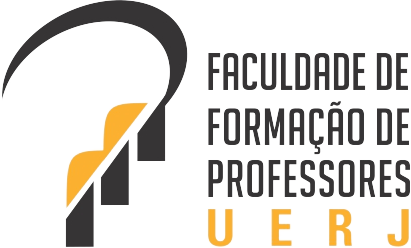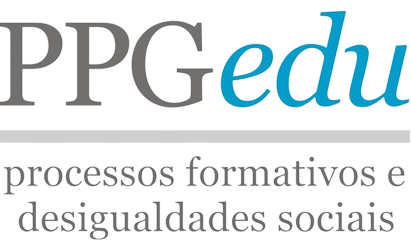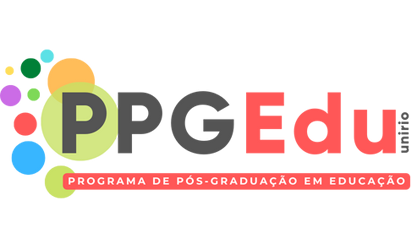Submissions
Submission Preparation Checklist
As part of the submission process, authors are required to check off their submission's compliance with all of the following items, and submissions may be returned to authors that do not adhere to these guidelines.- The contribution must be original and unpublished; it cannot be under evaluation by another Journal, otherwise, justify it in “Comments to the editor”.
- The submission file must be in Microsoft Word or Open Office format.
- The manuscript must strictly follow the style standards and reference requirements described in Guidelines for Authors. Access template available here.
- When necessary, active URLs must be informed for referrals.
- The manuscript must follow the norms of the Portuguese language and ABNT.
- In case of submission to a section with peer review (eg articles), please check if all guidelines listed at Peer review process were followed.
- All authors listed in the manuscript will inform, upon submission, their data for later identification, including: full name, ORCID ID, link to CV Lattes (in case of Brazilians) or for institutional profile pages of the faculty (in the case of foreigners), Institution and Country.
Copyright Notice
Authors retain copyright to their work, are permitted to publish and distribute their work online (e.g., in institutional repositories or on their personal page) at any point before or during the editorial process, as this may generate productive changes, as well as increasing the impact and citation of published work.
The acceptance of the text implies the authorization and exclusivity of the Revista Interinstitucional Artes de Educar regarding the right of first publication, the published works are simultaneously licensed with a Creative Commons Attribution-Non Commercial 4.0 International License 






















